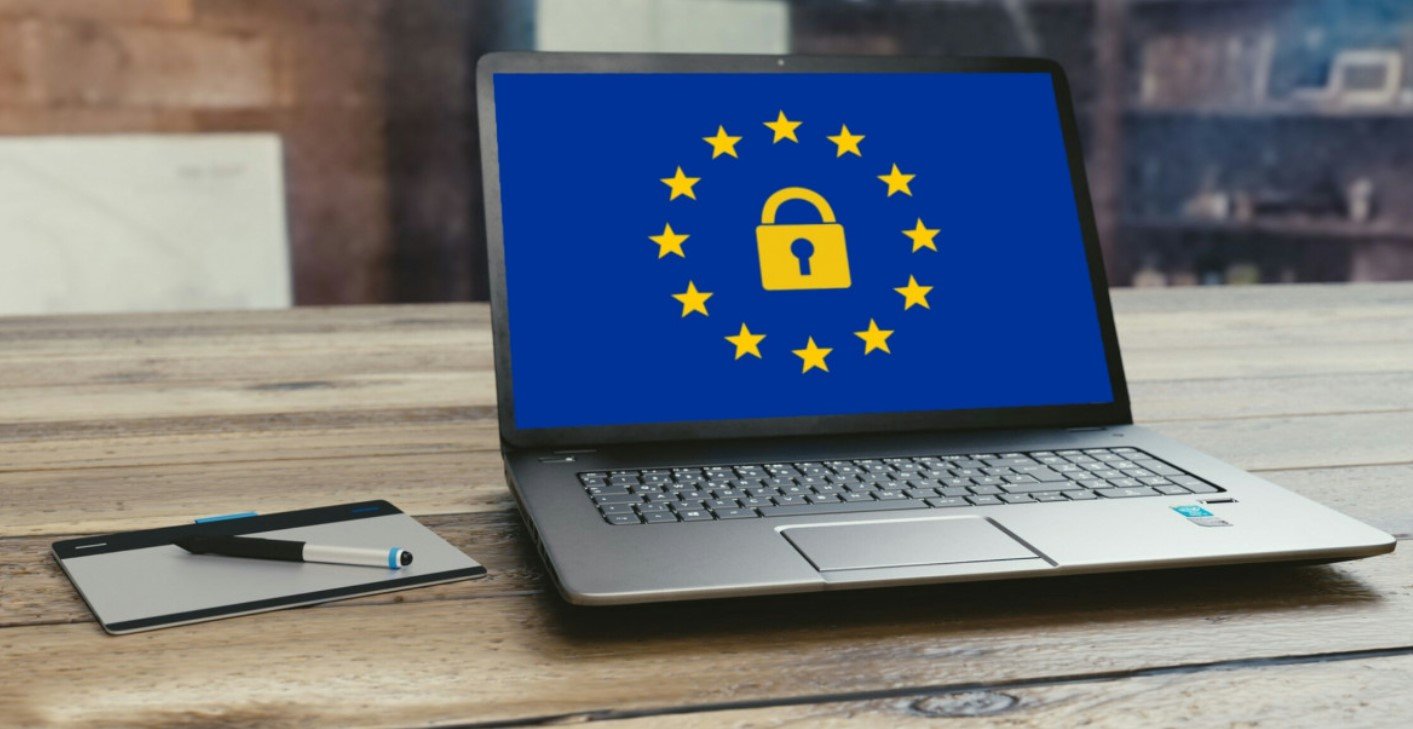In today’s digital landscape, data privacy and consent have become critical issues. With the increasing amount of personal information being collected online, users are more concerned than ever about how their data is used and protected. Companies are now required to be more transparent and obtain explicit consent from users before collecting and processing their data. This shift is driven by new regulations and a growing awareness of privacy rights among consumers.
The Evolution of Data Privacy Regulations
Over the past decade, data privacy regulations have evolved significantly. The introduction of the General Data Protection Regulation (GDPR) in the European Union marked a major milestone. This regulation requires companies to obtain clear and informed consent from users before collecting their data. It also grants users the right to access, correct, and delete their data. Similar regulations have been adopted in other regions, including the California Consumer Privacy Act (CCPA) in the United States. These laws aim to give users more control over their personal information and hold companies accountable for data breaches.

The impact of these regulations has been profound. Companies must now implement robust data protection measures and ensure compliance with privacy laws. Failure to do so can result in hefty fines and damage to their reputation. As a result, businesses are investing heavily in data security and privacy technologies. They are also revising their privacy policies and practices to align with the new regulations. This shift towards greater transparency and accountability is a positive step for consumers, who can now have more confidence in how their data is handled.
The Role of User Consent in Data Collection
User consent is a fundamental aspect of data collection. It ensures that individuals have control over their personal information and can make informed decisions about sharing it. Obtaining consent involves providing clear and concise information about the data being collected, the purpose of collection, and how it will be used. This transparency is crucial in building trust between companies and users.
There are various methods for obtaining user consent. One common approach is the use of consent banners or pop-ups on websites. These banners inform users about the use of cookies and other tracking technologies and provide options to accept or decline. Another method is through consent forms, where users explicitly agree to the terms and conditions before using a service. Regardless of the method, it is essential that the consent process is user-friendly and easy to understand.
However, obtaining consent is not a one-time event. Companies must regularly review and update their consent practices to ensure ongoing compliance with regulations. They should also provide users with the ability to withdraw their consent at any time. This dynamic approach to consent management helps maintain user trust and demonstrates a commitment to data privacy.
Challenges and Future Trends in Data Privacy
Despite the progress made in data privacy, several challenges remain. One of the main challenges is the complexity of managing consent across different platforms and jurisdictions. Companies operating globally must navigate a patchwork of privacy laws, each with its own requirements. This can be a daunting task, requiring significant resources and expertise.
Another challenge is the rise of new technologies, such as artificial intelligence and the Internet of Things (IoT). These technologies generate vast amounts of data, raising concerns about how it is collected, stored, and used. Ensuring privacy in this context requires innovative solutions and a proactive approach to data protection.
Looking ahead, the future of data privacy will likely involve more stringent regulations and greater emphasis on user consent. Emerging technologies, such as blockchain, could play a role in enhancing data security and transparency. Additionally, there is a growing movement towards giving users more control over their data through decentralized models. These trends indicate a continued focus on protecting user privacy in an increasingly digital world.
































